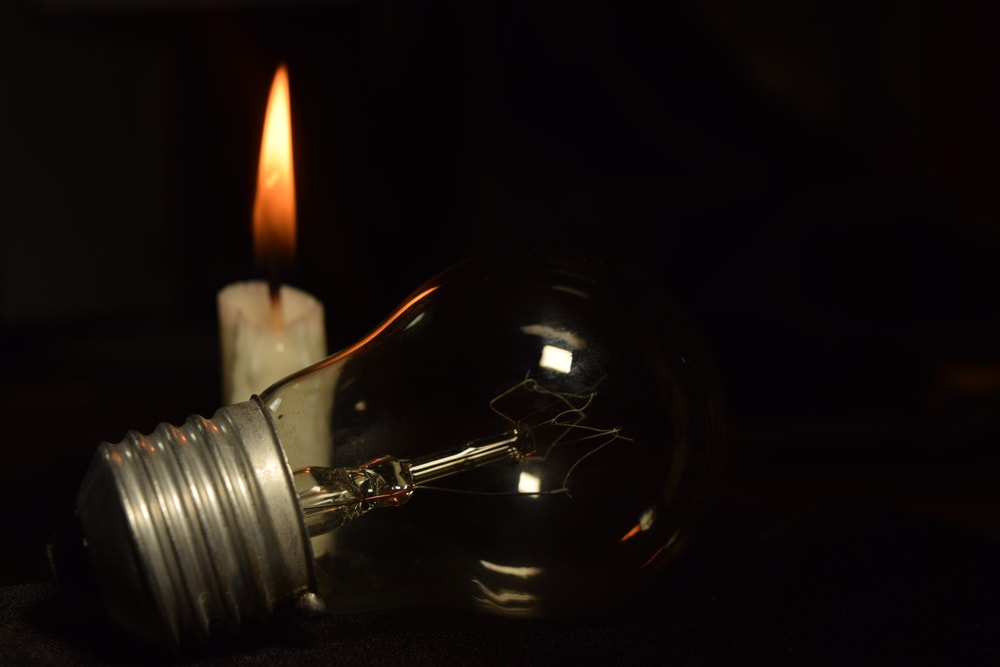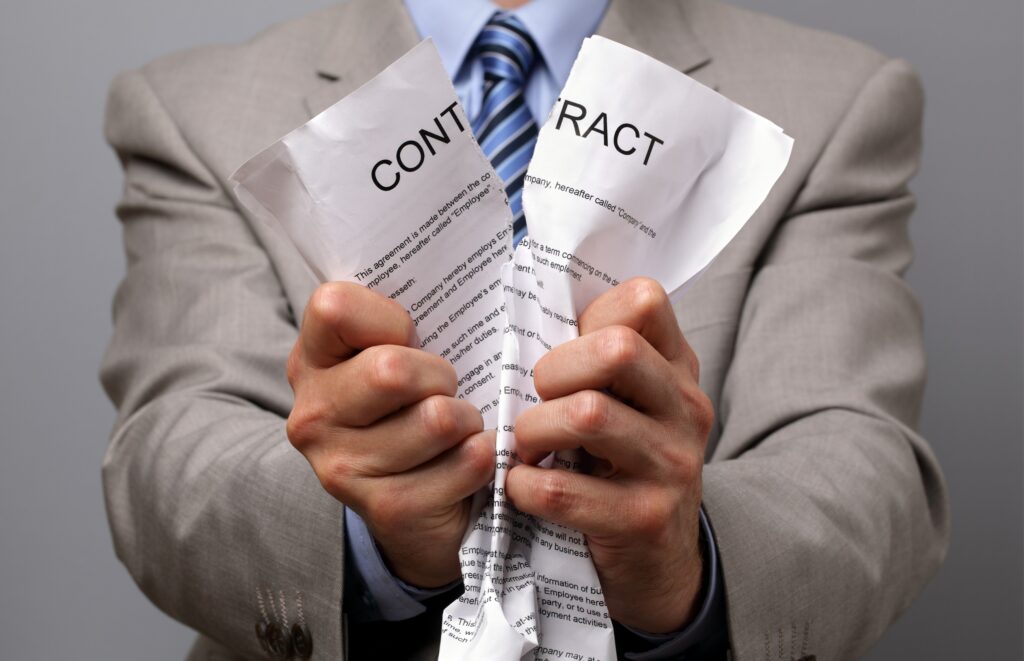Judge Pender Applies the Public Interest Test: “Monopolies are bad,” Qualcomm has “adequate remedy at law”
The ITC released a public version last week of the Final Initial Determination in Mobile Electronic Devices (Inv. 1065). We’ve known since the ID was issued on September 28 that Apple was found to have violated Section 337 by infringing one of the three patents asserted by Qualcomm and that the administrative law judge nevertheless recommended against issuing an exclusion order on public interest grounds.
Now that we have the public version, we can see his analysis of the statutory public interest factors and how he came to his conclusion. In a nutshell, the ID predicts dire consequences for U.S. competitiveness in 5G development and, perhaps most importantly, recognizes that Qualcomm is fully able to assert its patent rights in court.
Section 337 of the Trade Act of 1930 prohibits importation of articles that infringe a patent and states that the ITC “shall direct that the articles concerned, imported by any person violating the provision of this section, be excluded from entry into the United States, unless, after considering the effect of such exclusion upon the public health and welfare, competitive conditions in the United States economy, the production of like or directly competitive articles in the United States, and United States consumers, it finds that such articles should not be excluded from entry.” These four factors make up what is known as the “public interest test.”
The ITC almost never finds that an exclusion order would be contrary to the public interest. The last time it refused to issue a remedy was in 1984, although the Commission did narrow the scope of an exclusion order on public interest grounds in 2007.
This investigation, however, presents unusual concerns. The complainant, Qualcomm, accused Apple of infringing a series of patents related to the operation of baseband processor modems, but is seeking an import ban only for iPhones that contain Intel chips. That would result in Qualcomm being the only remaining supplier.
Administrative Law Judge Thomas Pender dedicated just over 80 pages of his 200 page ID to public interest issues, providing a thorough recitation of arguments from Qualcomm, Apple, and ITC staff. Whether the Commission agrees with Judge Pender’s findings or not is up to them, but they will certainly have a well-developed record to work with.
Because the ITC so rarely relies on the public interest to deny an exclusion order, it’s difficult to predict what will be needed to cross the line. Judge Pender made sure to clarify that denying an exclusion order should require “exceptional circumstances”:
[I]t is important to me for anyone reading this Initial Determination to understand that the issue of a complainant’s right to an exclusionary order is something that is important to me. To my own mind, it takes exceptional circumstances to justify not granting an exclusionary order once a violation has been found. That being said, I think the circumstances here are unique and the risk of harm to the public interest in tangible.
There was disagreement among the parties about the consequences of an exclusion order in this investigation, but Judge Pender agreed with Apple’s characterization. The ID predicts that “Intel will exit the premium baseband chip market if it cannot sell its chips for use for Apple smartphones to be sold in the United States [and] since the premium baseband chip is a “gateway” product, Intel will disengage from 5G development.”
While Judge Pender concluded that all four of the public interest factors weighed against an exclusion order, his most pressing concern was that harming competitive conditions in the U.S. economy would hinder U.S. leadership in 5G development and (subsequently) national security.
However, it matters greatly to me that I find the Record establishes that an exclusionary order will leave only one premium baseband chip maker in the merchant market. There is credible and significant testimony on the Record verifying monopolies are bad and that competition is necessary for quality, innovation, competitive pricing, and, in this case, the preservation of a strong U.S. presence in the development of 5G and thus the national security of the United States. Moreover, it is obvious that the issue of national security should be a matter of preeminent importance in this investigation, especially when 5G development, innovation, control, and dominance will so dramatically affect competitive conditions in the U.S. economy in the long run. Hence, if the Commission does issue an exclusion order as Qualcomm requests, it will do so with the near certainty there will be real harm to the United States on a potentially very broad basis.
Despite his strong concern for the anti-competitive consequences of an exclusion order, Judge Pender stated that he was not worried about Qualcomm’s licensing practices, which are the subject of a current antitrust lawsuit and a main driver behind Apple’s decision to use Intel chips in the first place.
It matter less to me that Qualcomm refuses to license its products and that it is hard to do business with. It seems to me that is its choice and that it is not alone in acting this way.
On the other side of the scales, Judge Pender found . . . not much.
Another relevant matter that I note is that Qualcomm is an established and profitable concern that has an adequate remedy at law for any patent infringement by Apple. It also matters to me that Qualcomm introduced no credible evidence that an exclusionary order against the accused products is necessary to protect its domestic industry, its incentive to innovate, or profitability.
I think the first sentence of that statement is particularly significant. One reason why the ITC doesn’t ever invoke the public interest against an exclusion order is because the Commission balances any harm under the statutory factors with the “strong public interest in enforcing intellectual property rights.” But the public’s interest in enforcing patents is also served by a patent owner’s right to sue for infringement in federal court.
This investigation casts a spotlight on the issue because Qualcomm’s complaint is so obviously an attempt to secure an anti-competitive remedy that would be unavailable in court. But the fact is that most parties at the ITC are also involved in parallel court litigation.
Recognizing, as Judge Pender does here, that an import ban is not the complainant’s only option could greatly improve the Commission’s public interest analysis in future Section 337 investigations. Better still would be a recognition that exclusion orders are a special remedy best reserved for cases where relief is unavailable through traditional legal channels. And even then, only when balanced against competing public interest concerns.






